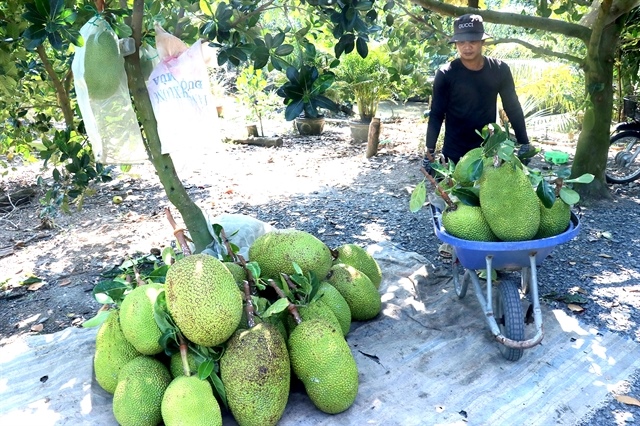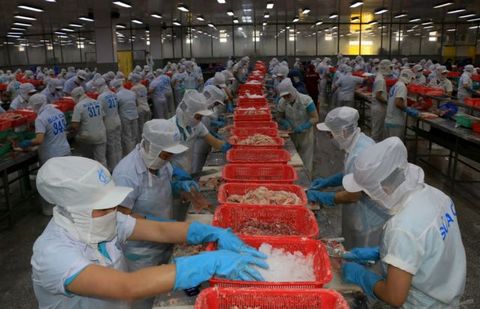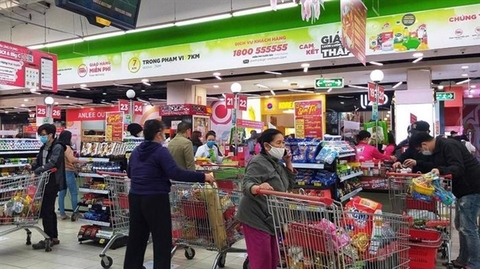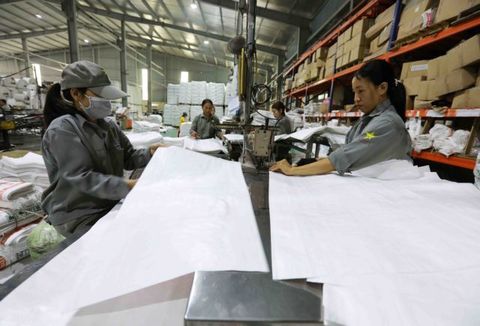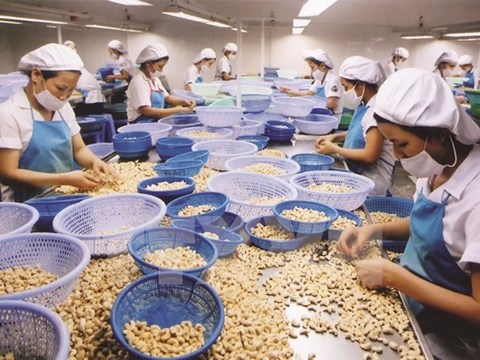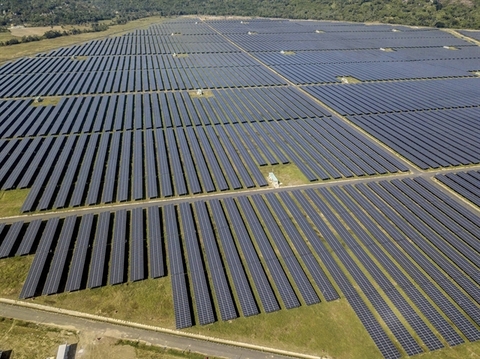Retail sector exceeds pre-pandemic performance
Retail sector exceeds pre-pandemic performance
A recent survey of retail businesses by Vietnam Report revealed that about 54 per cent of all retail enterprises reported business performance equalling to or exceeding pre-pandemic results.
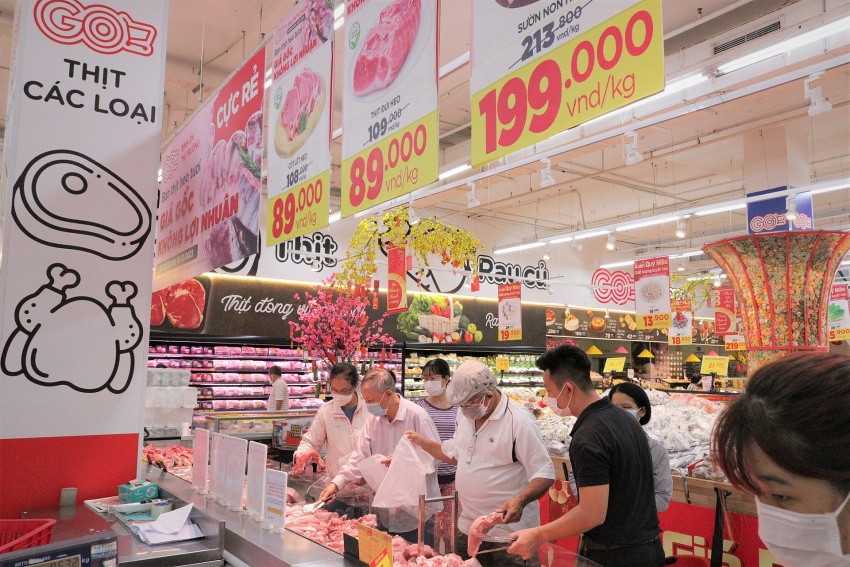
The growth of the retail sector has contributed greatly to the overall recovery of the economy, despite the world's uncertainties. In particular, during the recovery after the pandemic, Vietnam's retail market has seen the acceleration of many businesses in applying digitalisation to management, operations, logistics, and distribution.
Also in a recent report of the Ministry of Industry and Trade (MOIT), deputy minister Do Thang Hai noted that Vietnam's retail industry currently has a market size of $142 billion and is forecast to increase to $350 billion by 2025, contributing 59 per cent of the total GDP.
By the end of 2022, domestic trade has recovered remarkably, and consumer demand stimulation campaigns or months of promotion were held simultaneously in localities across the country to enhance consumption and shopping demand.
The total retail sales of goods and services revenues in 2022 increased by 21 per cent, exceeding the planned target of the industry and trade industry
"In general, the connection between supply and demand is being done quite well, commodity prices are relatively stable, contributing to achieving the goal of controlling inflation by linking the stable supply of goods between domestic manufacturers and large distribution systems across the country," said Hai.
"Therefore, the total retail sales of goods and services revenues in 2022 increased by 21 per cent, exceeding the planned target of the industry and trade industry."
However, despite the high growth rate, the scale and total retail sales of consumer goods and services revenues in 2022 reached about 82 per cent of the size in normal conditions without two years of the pandemic.
Moreover, commercial infrastructure such as wholesale markets, logistics centres, and warehouses are yet to meet development needs, increasing trade costs, and constraining competitiveness. Rural commercial infrastructure develops too slowly, affecting the development potential of the domestic market.
It is the linkages among parties in the supply chain of goods (manufacturers, distributors, carriers, consumers) are too weak, especially for essential food, so the market may change easily due to the impact of consumer psychology. Smuggling, commercial fraud, counterfeiting, hoarding goods while waiting to increase prices in the domestic market, and violating competition are still complicated.
Vu Thi Hau, chairwoman of the Vietnam Retailers Association, said that retail is a vibrant industry with the participation of both domestic manufacturers and foreign retailers. Currently, the retail sector, especially on e-commerce platforms develop well, so retailers are very responsive to better serve consumers.
"They are paying more attention to technologies and human resources to meet the requirements, as well as utilise their own websites, e-commerce sites, and social networking platforms to promote consumption. This is also the trend of the retail industry, especially for agricultural products," said Hau.
The Vietnam Retailers Association is developing a project on the digital transformation of the retail industry, which will automate payments at stores and supermarkets, and apply AI technologies or sensor fusion technology to automate the payment process. They will improve service quality and customer experiences.
“The retail sector will thrive in 2023 certainly, for both local and foreign businesses, it will recover strongly after the pandemic,” Hau said.





